Step-by-Step Guide to No-Flaps Landings for Pilots
Pilot Institute
DECEMBER 31, 2024
The flaps on an aircraft are used for controlled descents with slower airspeed during the approach and landing. When landing without flaps, pilots must adjust their techniques to compensate for higher approach speeds, a shallow descent angle, and longer landing distances. What is the purpose of flaps? Pre-Landing Checklist 1.



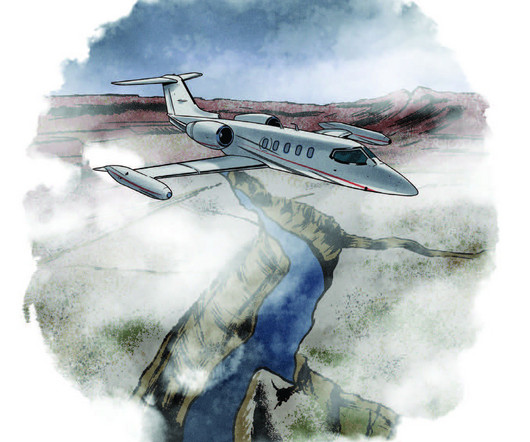
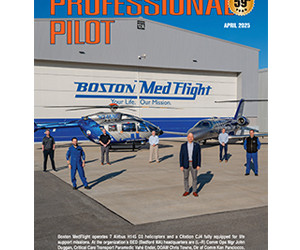
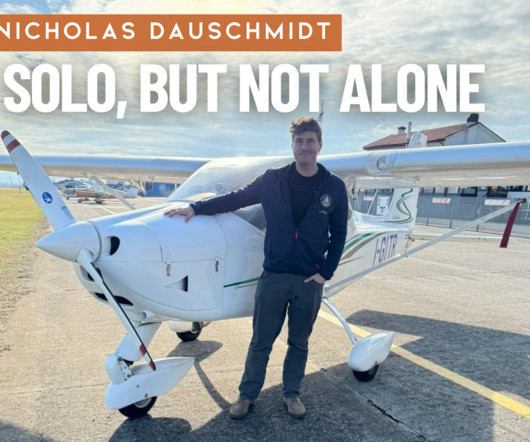
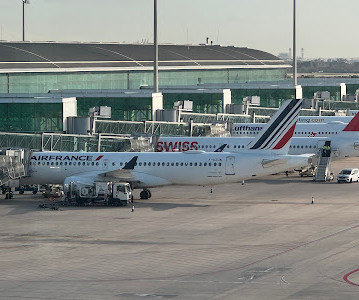
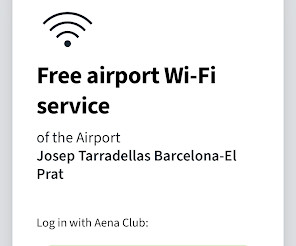






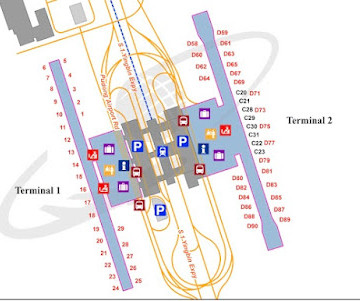

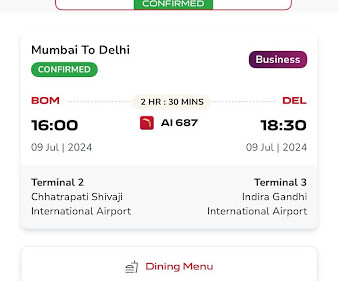






Let's personalize your content